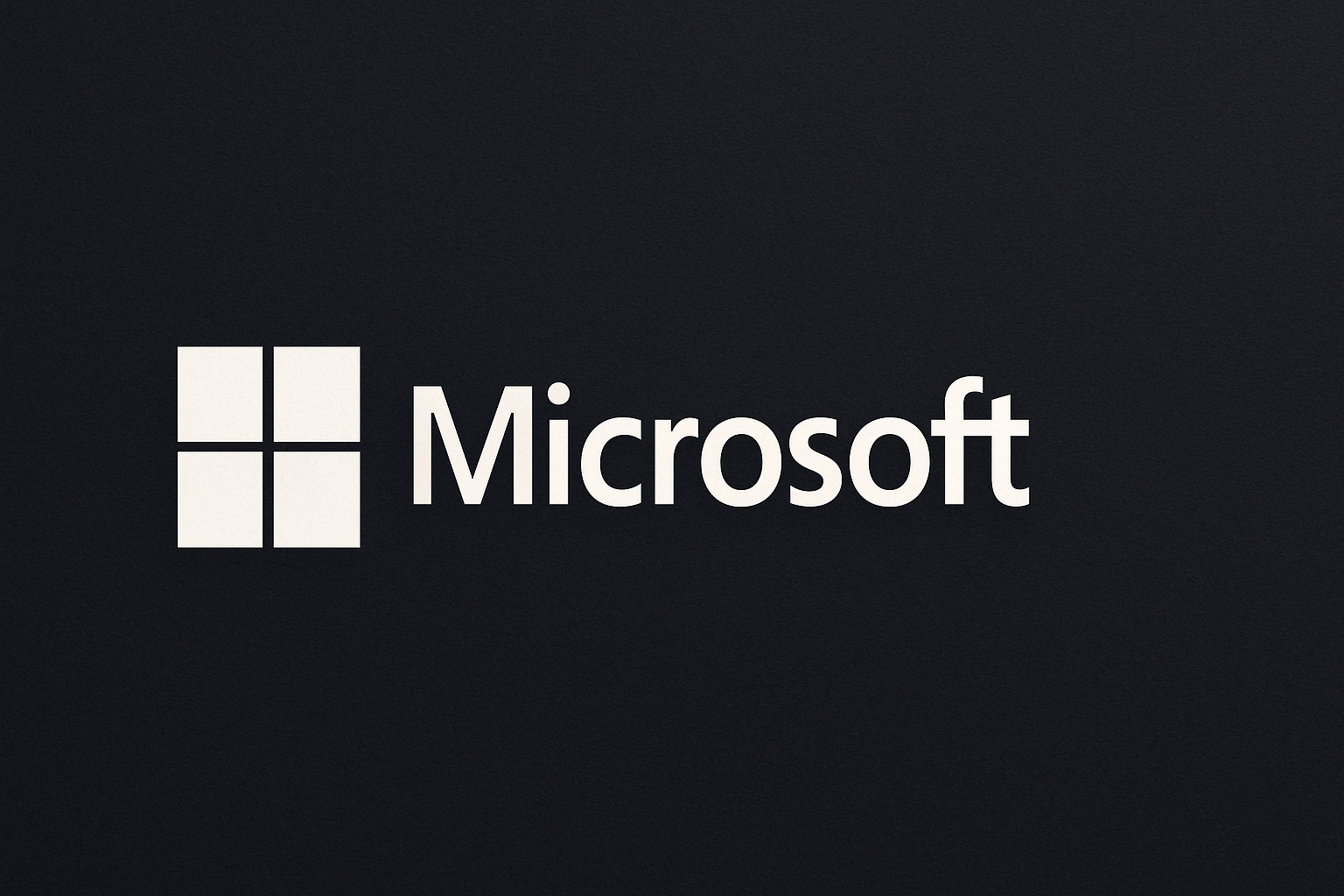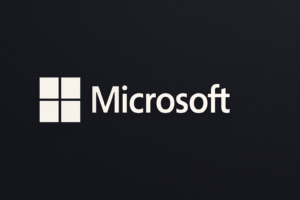Microsoft has announced a new upgrade option aimed at improving the experience for a significant portion of its Windows user base. The technology giant is rolling out an innovative upgrade pathway designed to provide more flexible options for users on older versions of Windows, which number approximately 240 million worldwide.
In recent months, Microsoft has been focusing on streamlining its update process, emphasizing security, performance, and user experience. The recent move aligns with the company’s broader strategy to encourage users to transition to newer versions of Windows, which come with enhanced features and security protocols.
The new upgrade pathway will allow users to seamlessly transition from older Windows versions to the latest release with minimal disruption. This update is particularly important as Microsoft phases out support for some older operating systems, making it critical for users to upgrade to stay protected against vulnerabilities and malware threats.
Impact will be felt across multiple sectors, including enterprise businesses, educational institutions, and individual consumers. Companies relying on legacy systems may need to plan for a migration to ensure compliance and security standards are maintained. Meanwhile, individual users will benefit from a simplified upgrade process that reduces downtime and compatibility issues.
Market analysts predict that this move could accelerate the adoption rate of the latest Windows OS, fostering greater overall security and performance improvements across the user base. Microsoft’s proactive approach in offering these upgrade options demonstrates its commitment to user security and system efficiency amid increasing cyber threats.
Looking forward, the company is expected to continue refining its upgrade strategies, possibly introducing more flexible and user-friendly options. Monitoring upcoming updates and security patches will be essential to gauge the success of this rollout and its impact on overall Windows adoption trends.
What does this upgrade mean for individual users?
This new upgrade pathway makes it easier for individual users to move to the latest Windows version, ensuring they benefit from new features and enhanced security without complicated procedures.
Will businesses need to do anything special to upgrade?
Businesses will need to plan their migration carefully, especially if they operate legacy systems, to ensure compatibility and avoid disruptions during the upgrade process.
What are the security implications of not upgrading?
Failing to upgrade can leave systems vulnerable to cyber threats, as older Windows versions often no longer receive security updates, increasing the risk of malware and data breaches.







